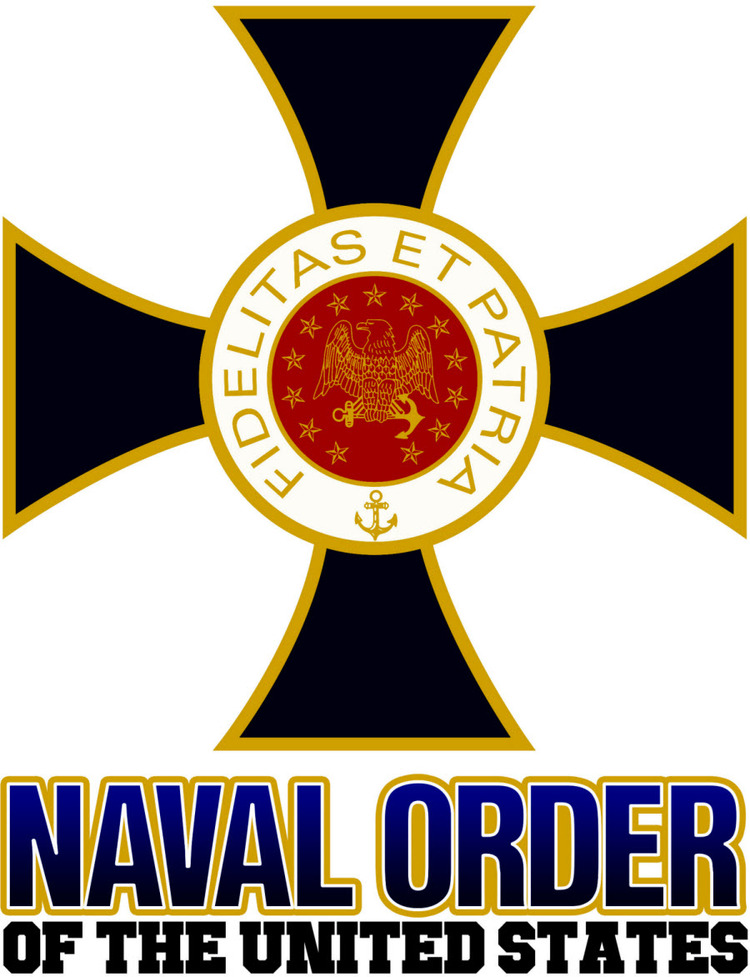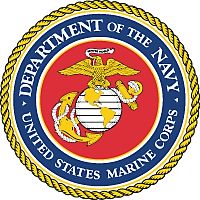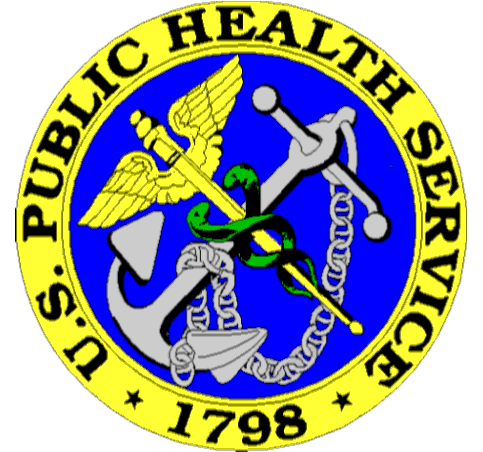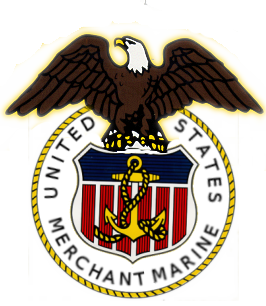by Tom Burden
Lieutenant Commander, Medical Service Corps,
U.S. Navy (Retired)
Although President Harding had his own personal physician, a homeopathic doctor from his hometown of Marion, Ohio, Dr. Boone took an active interest in the President’s health, and as the older doctor entertained reporters in the White House, a more serious Dr. Boone took meticulous notes on Harding’s increasingly failing health. He also assisted in treating First Lady Florence Harding’s kidney ailment. Boone was so concerned about Mrs. Harding’s kidney disease prior to the First Couple’s epic western tour that he quietly arranged to have a casket brought onboard, just in case. Although there was a death on the tour, it wasn’t Mrs. Harding’s.
On the trip, Harding’s heath continued to deteriorate. Harding, who suffered from high blood pressure and constant fatigue, wasn’t an easy patient, and he refused to reduce his schedule. In late July, the entourage arrived in San Francisco after touring Alaska. Harding decided to rest from the trip at the Palace Hotel. It was there that he died on 2 August 1923. Boone was with him until the final moments of Harding’s death.
Boone would go on to serve two additional Presidents - Calvin Coolidge, and Herbert Hoover. During the Hoover Administration, Dr. Boone created “Hoover Ball,” a vigorous form of physical exercise implemented to keep the President and his Cabinet healthy. He even remained on staff briefly when President Franklin D. Roosevelt took office in March 1933. In the subsequent years leading up to World War II, Boone served in several leadership roles and was promoted to Captain.
Boone – Hero to Japanese POWs
In April 1945, Boone was promoted to Commodore and ordered as Third Fleet Medical Officer, where he was tasked with providing care and evacuation of Japanese prisoners of war at the Omori POW camp in Tokyo. Three boarding parties on an LCVP left USS San Juan at 3pm on 31 August. Characteristically, Boone was in the first Higgins boat.
“While entering the channel a large number of waving and very excited prisoners of war, unclad or partially clad, were seen to be standing on the dock. As the first LCVP arrived, many prisoners jumped into the water and swam toward the boat. The excitement of the prisoners was a never-forgettable sight. They carried homemade improvised national flags of the United States and Great Britain,” according to the United States Pacific Fleet’s report on the “Initial Release of Prisoners of War in Japan.”
Boone was the first American ashore in his eagerness to “lend every effort in the relief of the starved and suffering Allied prisoners of war.” He was also the only one unarmed. After liberating the Omori POW camp, Boone had a car driven to the Shinagawa Prison Hospital. The American physician entered the hospital by pushing aside armed guards with fixed bayonets. Once the prisoners realized Boone was an American officer, “their excitement knew no bounds.”






